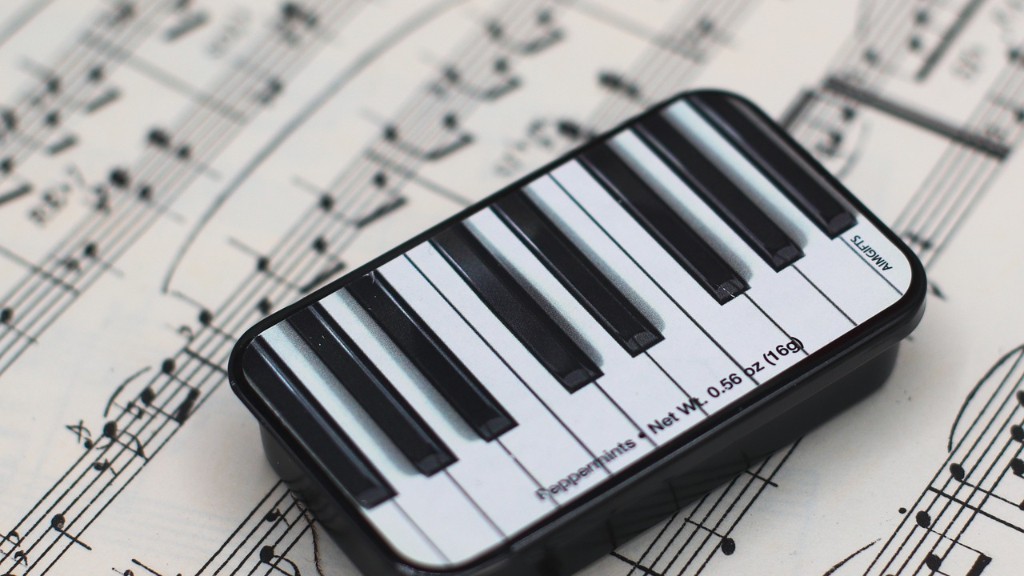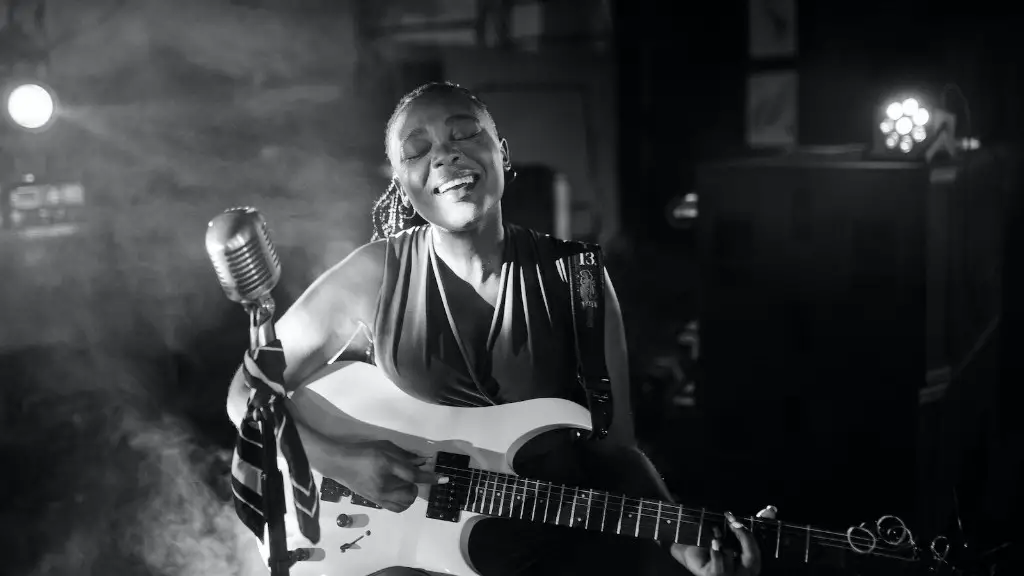Want to learn how to draw a closed fist quickly? Whether you’re a beginner artist or an experienced lifedrawer, this simple drawing technique can be easily mastered with practice and patience. Drawing a closed fist can be tricky – the fingers need to be positioned in the correct way to make a clenched hand – but it doesn’t have to be complicated. With a few tips and tricks, you’ll be able to sketch a realistic closed fist in no time.
First of all, let’s talk about basic anatomy. A closed fist consists of four fingers, a thumb, and a palm. It is important to keep these parts proportionately sized to one another, as they are what give your drawing a sense of realism. Generally speaking, the thumb will be slightly shorter than the other four fingers, but not drastically so.
When beginning your sketch, you should start by forming a box-like shape with your pencil that should represent the closed fist. From here, you can add in the detail – such as a crease in the palm of the hand, wrinkles on the knuckles, and the slight curve of the fingers. The fingers should all be positioned slightly bent, in a curled nail-like shape, as if the hand is forming a tight grasp.
To give your fist a more natural realism, you can play around with adding shading. Introducing shadow, contrast and tone will create depth to your image and make your fist appear three-dimensional. Here, a pencil and a blending stump are great tools to use. Start by making a comprehensive sketch of where your major shading will go. Then, with a blending stump, you can smudge out the pencil, creating blurred and faded edges. You could also try creating a shadow underneath the fist on the same plane by smudging the pencil there to give your fist a more three-dimensional look.
Finally, you can use an eraser as a tool for highlighting certain areas of your sketch. Areas such as the knuckles, edges of the palm, and middle fingers are great places to add some highlights. These highlights will add more realism to your sketch, making it appear lighter, brighter and more life-like.
Now that we’ve talked about the basics, let’s take a closer look at some tips to keep in mind when drawing a closed fist. Always make sure to draw your fist slowly and deliberately – don’t rush it. Take care to observe the way your own hand forms a fist and how each finger should curl. Pay attention to the size of the palm and how the fingers are attached. Keeping these points in mind, you should be able to draw a closed fist with ease.
In summary, drawing a closed fist begins by forming a shape with a pencil. Next, you should add the details like creases, wrinkles, and finger curves. Shading the drawing can give it a more realistic look, and using an eraser for highlights can add depth and contrast. Lastly, draw mindfully – and don’t forget to study your own fist for reference.
To perfect your drawing, observe other people’s fists. Concentrate on the shape and details: look for the crease that curves around the fingers, the hollow of the fist, and the slight distention of the fingers to make a rounded shape. Analyzing hands of different sizes and shapes can give you a better idea of the appearance of a closed fist.
You can push your skills even further by sketching fists with different grips. Try drawing a single fist held in a posture with its finger curled tightly, or draw two fists clasped together. Experiment with different combinations of angles, shadows and lightings to bring your drawing to life.
Achieving the perfect fist is all about precision. Remember to observe carefully and pay attention to details to make your drawing stand out. Bring out its curves and ridges with shading, and apply highlights with an eraser. With practice and patience, you’ll be able to draw a realistic closed fist in no time.
Creativity can make all the difference when learning how to draw a closed fist. Don’t be afraid to experiment with different pencil stroke techniques to add texture to the fist and make your sketch look even more natural. Use different ultra-fine-point pencils to draw realistic details, or add contrast with a bold black pencil. It’s ok to go outside of your comfort zone and try something you’ve never tried before – you may be surprised by what you find.
Drawing a closed fist is an art. Whether you’re a beginner or a master of the pencil, there’s always something new to learn. Learning doesn’t have to be hard – just have fun with it. Before you know it, you’ll have become a pro at drawing convincing fists that capture the realism of a clenched hand.

